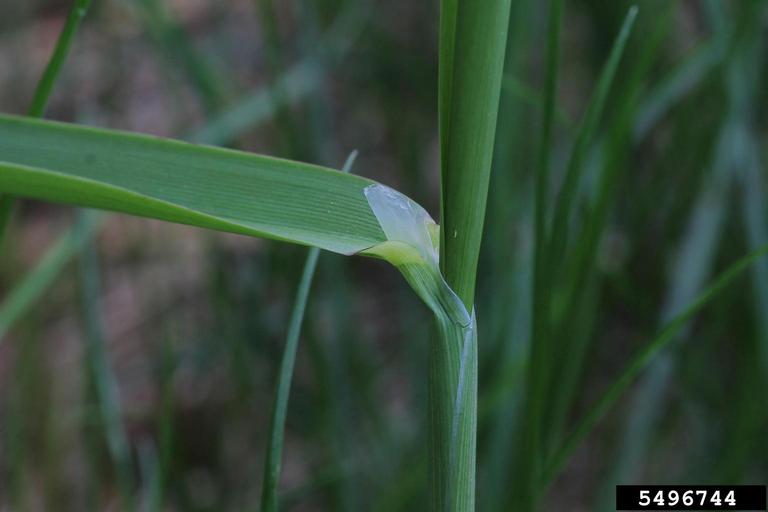Reed Canarygrass

Reed Canarygrass
(Phalaris arundinacea)
Priority: - Established / Strategic Control
Tags: Terrestrial
Identification and Reproduction
Identificaion:
- Reed canarygrass is a perennial grass that forms a rhizomatous sod layer.
- Stems are hollow and can grow upto 2 m tall.
- When in full bloom, inflorescences are purple in colour. Overtime they will appear straw-like in colour. They grow in dense, branched clusters.
- Leaf blades are often green but in certain conditions may be variegated. Leaf baldes also spread from stems are at right angle.
Reproduction:
- This aggressive grass is fast spreading through long lasting seeds and thick rhizomes.
Habitat & Ecology
- This grass often forms along edges of lakes and streams in open areas.
- It is capable of withstanding flood and drought conditions
Impacts
Ecological:
- It drastically changes the ecological system. Can alter stream flow and increase bank sedimentation.
- Reed canarygrass prevents the establishment of deep rooting species.
- Monocultures overtake entire wetland communities.
- Also seen to obstruct salmon migration paths.
Management
Mechanical/Manual Control:
- Pulling is effective for small populations, but will need to be repeated over several years.
- Mowing prior to seed set to prevent seed production and dispersal.
- Digging the plants may also eradicate reed canary grass. Ensure that root mass and fragments are removed to prevent regrowth.
- Be sure to clean all equipment and clothing of potential fragments and seeds.
- In cases with a large population of reed canary grass consider solarization after mechanical removal; using cardboard, tarp, or mulch to cover the root system and block sunlight. It is suggested to allow surface cover for at least one growing season.
- Do not compost; plant fragments should be removed, bagged and transported to disposal site.
Resources
For further details on Reed Canarygrass control please refer to the Metro Vancouver Best Management Practices for Reed Canarygrass (pg. 12-25)
Header photo (Robert Flogaus-Faust).




